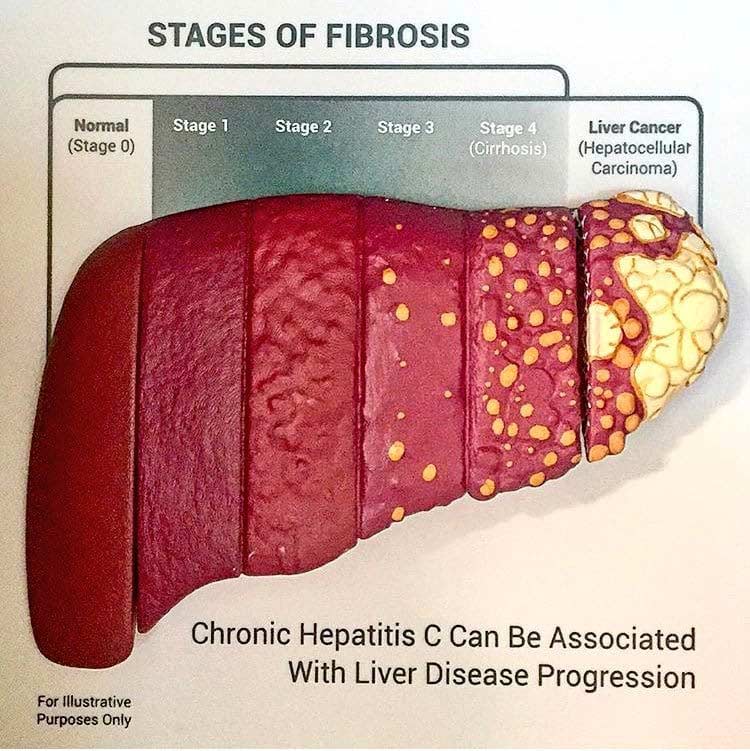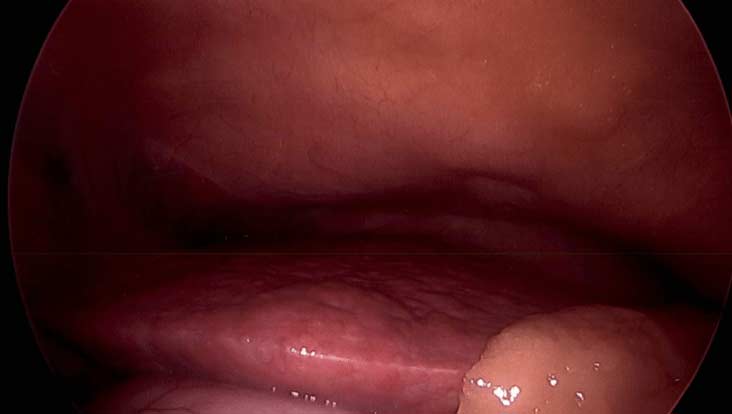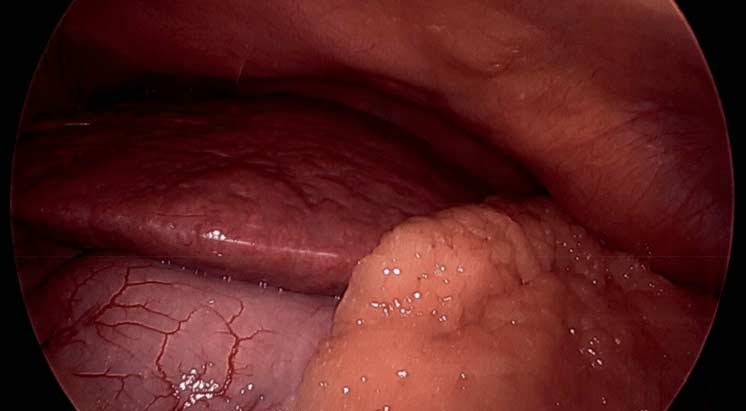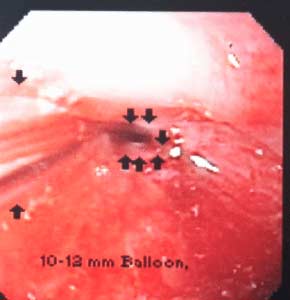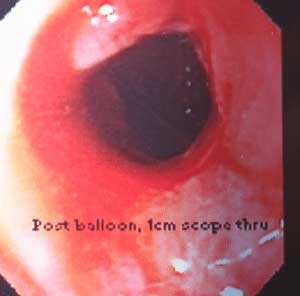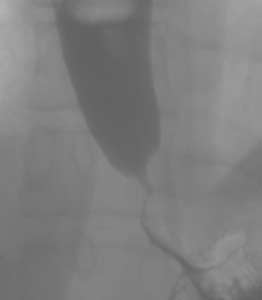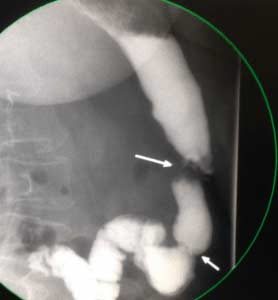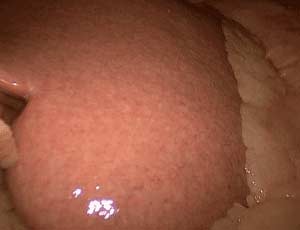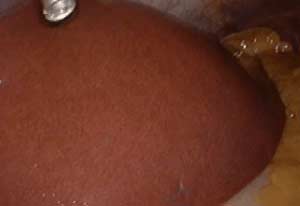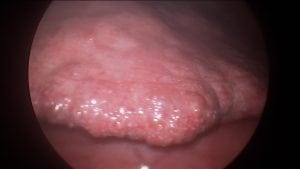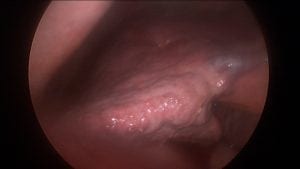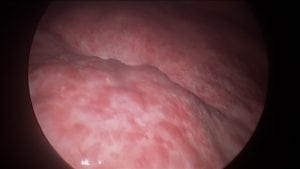Category: Alcohol
Liver Injury and Obesity
April 30, 2018 11:36 am
Liver is a vital organ. It has many roles in the physiologic pathways including protein productions, clotting function, iron metabolism, production of bile and cholesterol, etc. as well as metabolism and filtering of waste products. We should think of it as a refinery, for conversion of raw material from food to energy used by our body, in addition to a processing and distribution center for mineral, and nutrients. Liver injury can have devistating effects and long term ramifications if unchecked.
Liver is also very resilient and forgiving to stressors and injury. The liver will tolerate repeated insults caused by Medication (both prescription and over the counter) , obesity, Diabetes, alcohol, and herbal supplements, to name a few, but only if care is taken and the offending stressor is removed. During the injury phase, however, the liver may have a difficult time keeping up with bodily function needs due to loss of fully function cells.
The anatomy of liver can change from normal (both visually to the naked eye and under microscope) to mild inflammation and reverse back to normal if the underlying causes of injury are removed. IF, however, the anatomy of the liver changes with fibrosis, it crosses to an irreversible range where it can only be prevented from progressing rather than reversing.
In the obese population, Non-alcoholic Fatty Liver Disease (NAFLD) causes inflammation and a slowly diminishing functionality of the liver. NAFLD is the leading cause of liver disease in the U.S. Unchecked or untreated NAFLD can progress to NASH (Non-Alcoholic Steatohepatitis. NAFLD, or “fatty” liver disease, is an accumulation of fat within the liver. NASH is a progression that can lead to inflammation of the liver cells or advance to fibrosis and cirrhosis. In addition to liver injury, there is some evidence that NAFLD also correlates with cardiovascular disease.
Causes of NAFLD:
- Obesity
- Type 2 Diabetes Mellitus
- Hypertension
- High cholesterol
- Sedentary lifestyle
Symptoms may include fatigue, right upper quadrant pain, and liver enzyme elevation.
During bariatric or weight loss surgery, we visualize and occasionally biopsy the liver to define the degree of injury, if identified. Following weight loss surgical procedures, a rise in liver function enzymes may be expected due to the processing of waste products following fat mass loss. However, long-term bariatric procedures can significantly improve NAFLD and NASH. Bariatric procedures require adherence to protein and supplement requirements and regular physician visits—the past blog of liver disease.
Weight loss surgical procedures improve liver function abnormalities.
GERD, Nausea and Vomiting- Don’t ignore it!
April 28, 2015 11:30 am
Gastroesophageal Reflux Disease is a serious matter and should not be left untreated. It is know as heartburn or reflux and if you are experiencing more than twice a week you should be evaluated by a physician to investigate the cause. Listed below are some of the causes and end results of not treating GERD.
Esophagitis – An irritant that can be acid, bile, food and digestive enzymes coming back up the esophagus can cause irritation and swelling in the esophagus. If left untreated, it can damage the lining of the esophagus to the point of erosion and scarring. Bile Reflux may also be a cause of esophagitis and Duodenogastroesphogeal reflux (DGER). Bile Reflux information here.
Esophageal Stricture – Scar tissue can cause the lumen of the esophagus to become smaller and narrow. This stricture makes it difficult or painful to swallow foods. If a stricture is narrow enough food may become stuck and require intervention for removal and treatment. This can also put a person at risk for choking. The treatment includes ballon dilation with an endoscope and in cases where it recurs surgery may be required.
Esophageal Ulceration– If GERD is left untreated it can progress to actual ulcerations in the esophagus. Patients may cough up or vomit blood or see it in their stool as dark tarry or coffee ground type stool.
Gastric Stricture– After weight loss surgery such as sleeve gastrectomy, RNY Gastric Bypass, Duodenal Switch, SADI/Loop, Adjustable Gastric Banding, or other gastric surgeries a narrowing of the inner opening of the stomach can result from scar tissue forming. This will require a surgical procedure to rectify. The symptoms can be food intolerance, full feeling, nausea and/or vomiting. (See pictures below)
Hiatal Hernia– An anatomical weakening or enlargement of the opening of the diaphragm muscle where the esophagus meets the stomach. This defect can allow a portion of the stomach to slide or roll into the chest cavity. This then causes reflux of gastric juice and content. Hiatal Hernia’s can also form on weight loss surgical patients. There are several examples within this blog here.
Breathing Difficulties– The acid aspiration while sleeping can make asthma and other breathing difficulties worst and can cause coughing and other issues.
Dental Issues – The acid, food, digestive enzymes backing up into the esophagus and mouth can cause dental issues such as erosion and tooth decay. In regards to dental issues after weight loss surgery there are also other vitamin and mineral deficiencies that can cause oral health issues. Dental Issues after WLS here.
Lower Quality of Life– GERD can affect a person’s quality of life. If you are in discomfort from acid reflux or having food intolerance it can make life difficult. It can also alter food choices and impact nutrition.
Barrets Esophagus– Pre-cancerous changes in the bottom portion of the esophagus due to long term acid exposure from gastric reflux. Diagnosis requires and endoscopic procedure (EGD) and biopsy.
Esophageal Cancer– There is a significant rise in the western world in esophageal adenocarcinoma. The main risk factors are alcohol use, smoking, untreated GERD, and poor diet.
Reflux and difficulty with swallowing caused by stricture is not normal. These problems are quite frequently encountered as complication of Adjustable gastric banding, with slipped band or a band that is too tight and scarred in placed resulting is belt effect. This results in the esophagus not being able to empty and propel the food down. The end result is significant reflux, with difficulty swallowing, nausea, vomiting etc. Similar problems are seen with Gastric bypass where the anastomosis between the stomach pouch and the small bowel RNY limb is too narrow. In Gastric Sleeve and Duodenal Switch operations, is the sleeve is made too narrow, or misshaped (hour glass, funnel, cork screw) it will result in the patient having reflux and symptoms of stricture. One specific problem with the new operation of SADI is the concern for risk of bile reflux, similar to the BillRoth I procedure.
Gastric bypass patient with stricture at the gastro-jejunostomy before and after balloon dilation. Fig A
After balloon dilation. Fig B
Fig. C : Lap band Patient with stricture where the band as removed at another facility and the scar tissue formed around the GE junction was not taken down. The patient had to be taken back to the operation room after his symptoms persisted even though the band had been removed 3 months prior.
A corkscrew stomach of a Duodenal Switch done at another facility, with the patient presented with persistent reflux, nausea and vomiting for years after surgery. Fig. D
This is not an inclusive discussion of GERD and the treatment. Please see your healthcare providers if you are experiencing any symptoms pertaining to GERD or any other health care issue.
Stages of Liver Failure
January 08, 2013 9:38 pm
The liver is probably one of the most forgiving organs when it comes to recovering from an injury. It can take a significant amount of “non structural” injuries and still be able to carry out its function. It is the only solid organ capable of regenerating its volume after a major resection. When a part of the liver is removed, it is within a matter of months that the size of the remaining liver increases to replace the removed portion.
A liver injury can be caused by a number of elements. In regards to weight loss surgery, these elements include alcohol consumption, high doses of Tylenol, excessive weight loss, and the most significant condition called steatohepatitis, also known as “fatty infiltration”. Steatohepatitis causes structural changes in the liver. Over time, the structural changes cause the liver to progress to an end-stage liver disease that requires a transplant. Structural changes to the liver injury are irreversible.
The healthy liver is normally soft and beefy-red with a very smooth and shiny outer layer.
How does steatohepatitis harm the liver? As the fat concentration of the liver increases, the liver loses its sharp edge and becomes distended with small pockets of fat that are visible as yellow satellite lesions.
The healthy liver is normally soft and beefy-red with a very smooth and shiny outer layer.
How does steatohepatitis harm the liver? As the fat concentration of the liver increases, the liver loses its sharp edge and becomes distended with small pockets of fat that are visible as yellow satellite lesions.
This is gross evidence of steatohepatitis, which is commonly known as fatty infiltration of the liver. The most common cause of this is obesity, in addition to medications such as insulin that are used to treat diabetes. If the underlying cause of steatohepatitis is not addressed, then the liver damage will progressively continue to worsen and eventually be resolved in the structural changes to the liver.
If the physiologic injury to the liver continues unabated, it will develop irreversible cirrhosis. An increasingly continuous insult to the liver will result in sudden liver failure, which will require a liver transplant.
Increased rates of Alcoholism is seen in Gastric bypass patients
December 26, 2011 9:26 pm
Alcohol Consumption and Duodenal Switch OperationExclusive Member Content
February 25, 2011 10:25 am
Alcohol and Weight Loss Surgery – Why they don’t mix!Exclusive Member Content
December 25, 2004 9:07 pm

